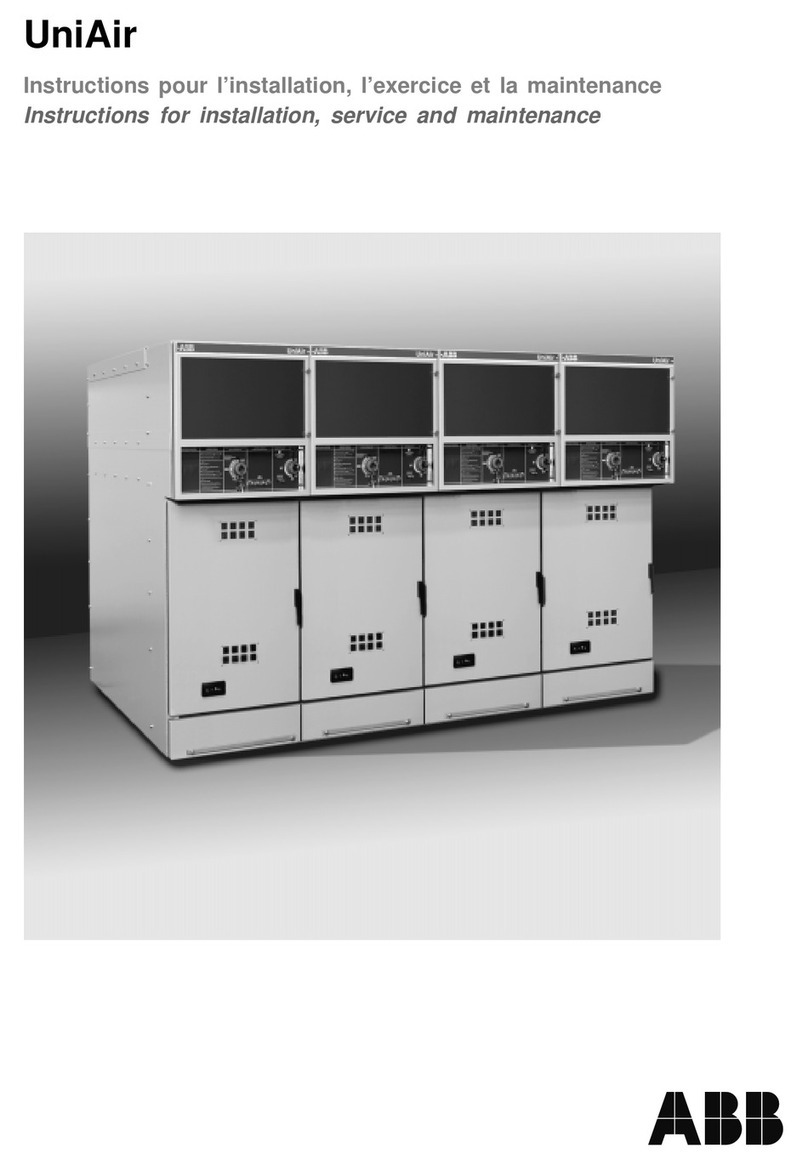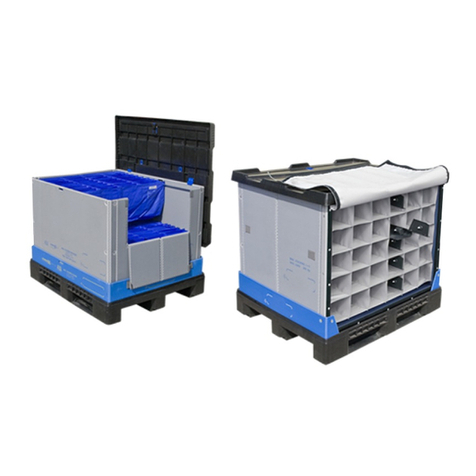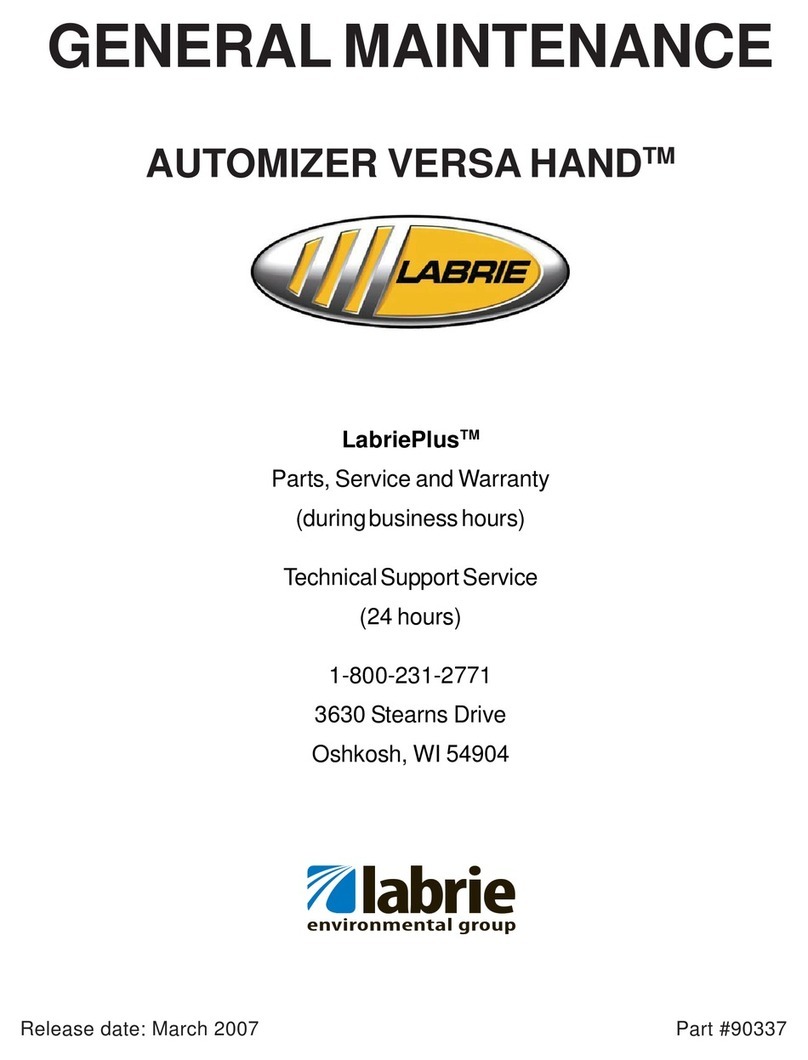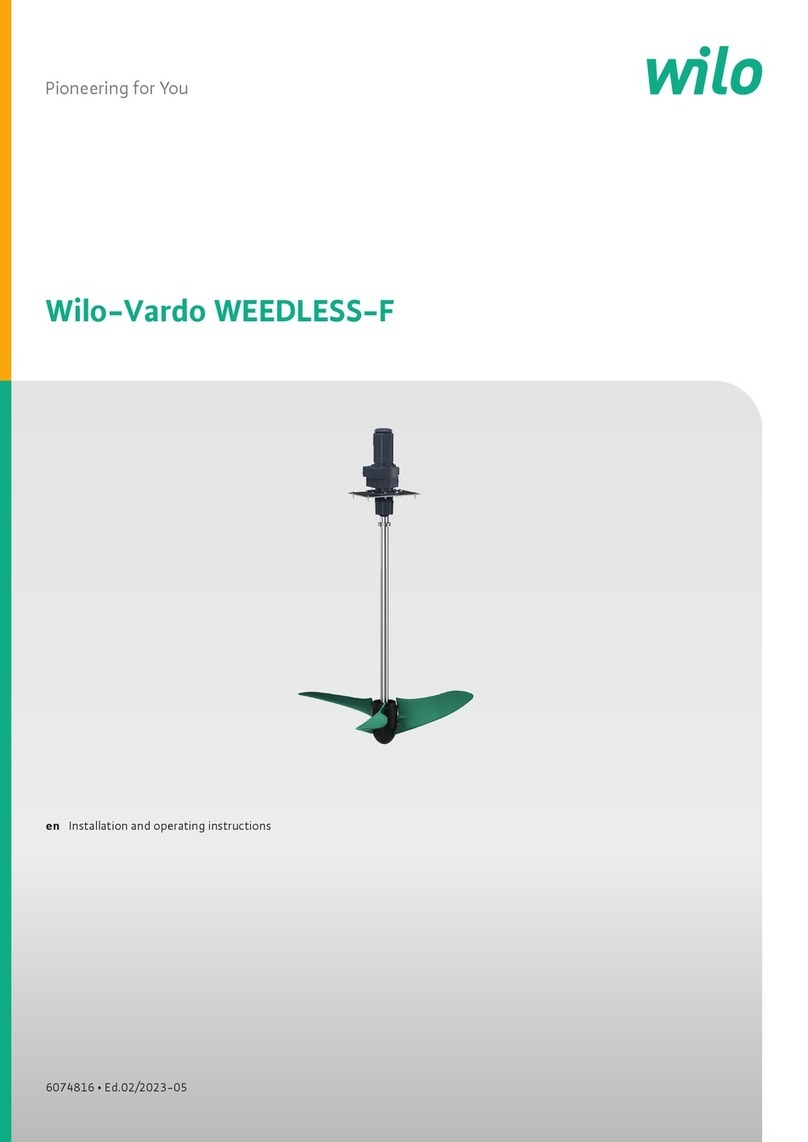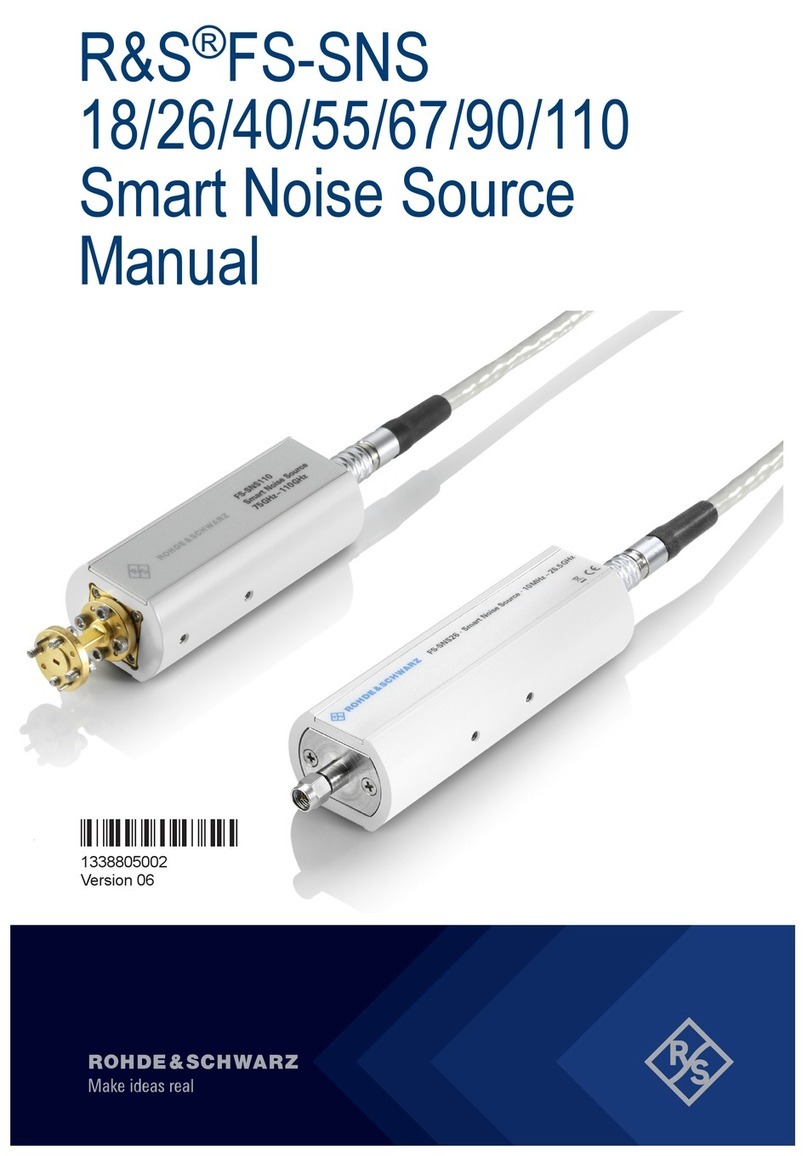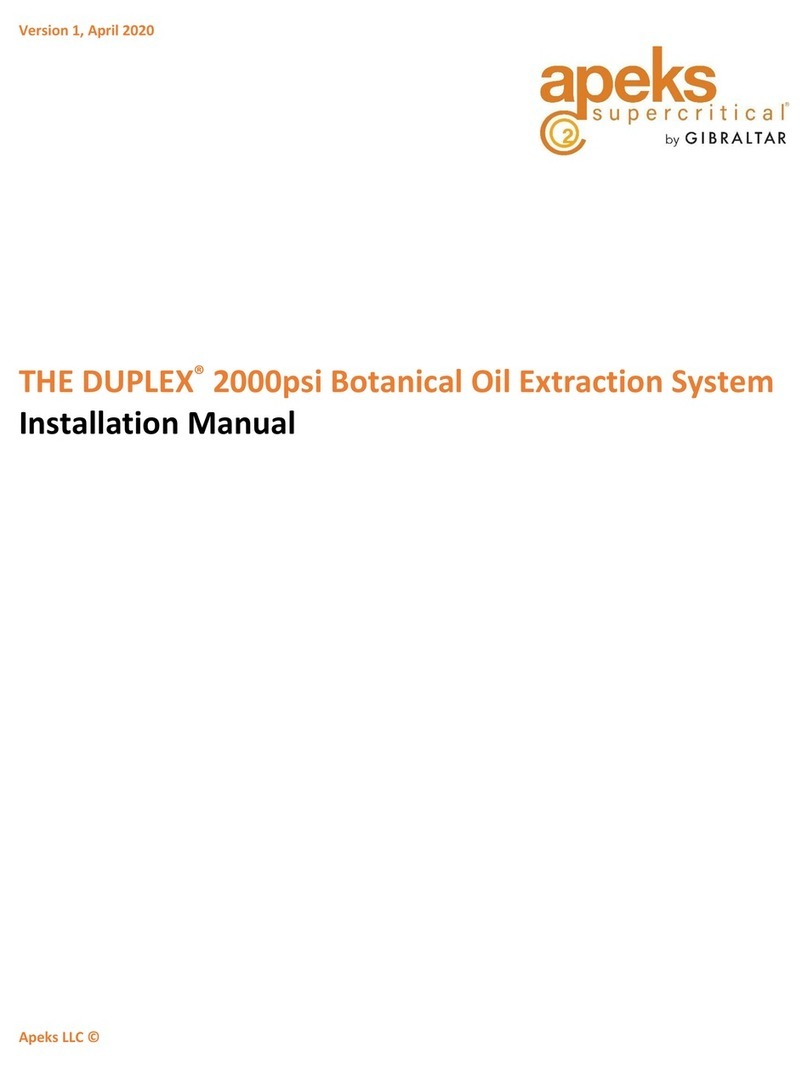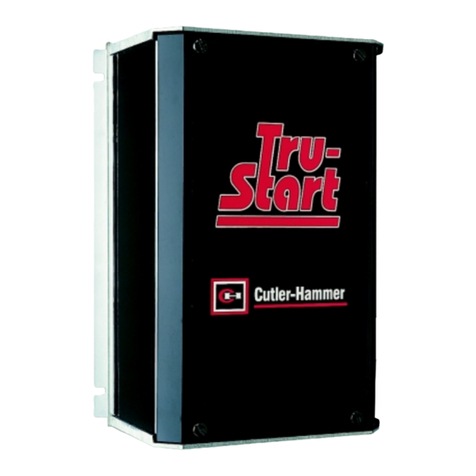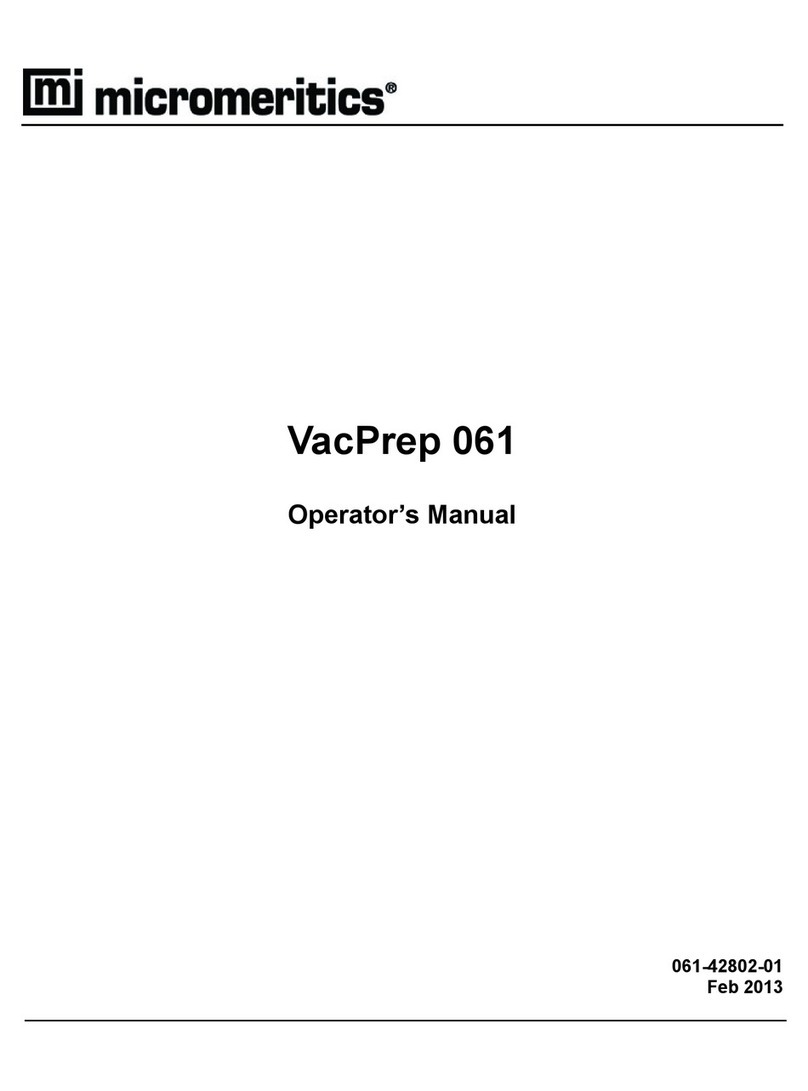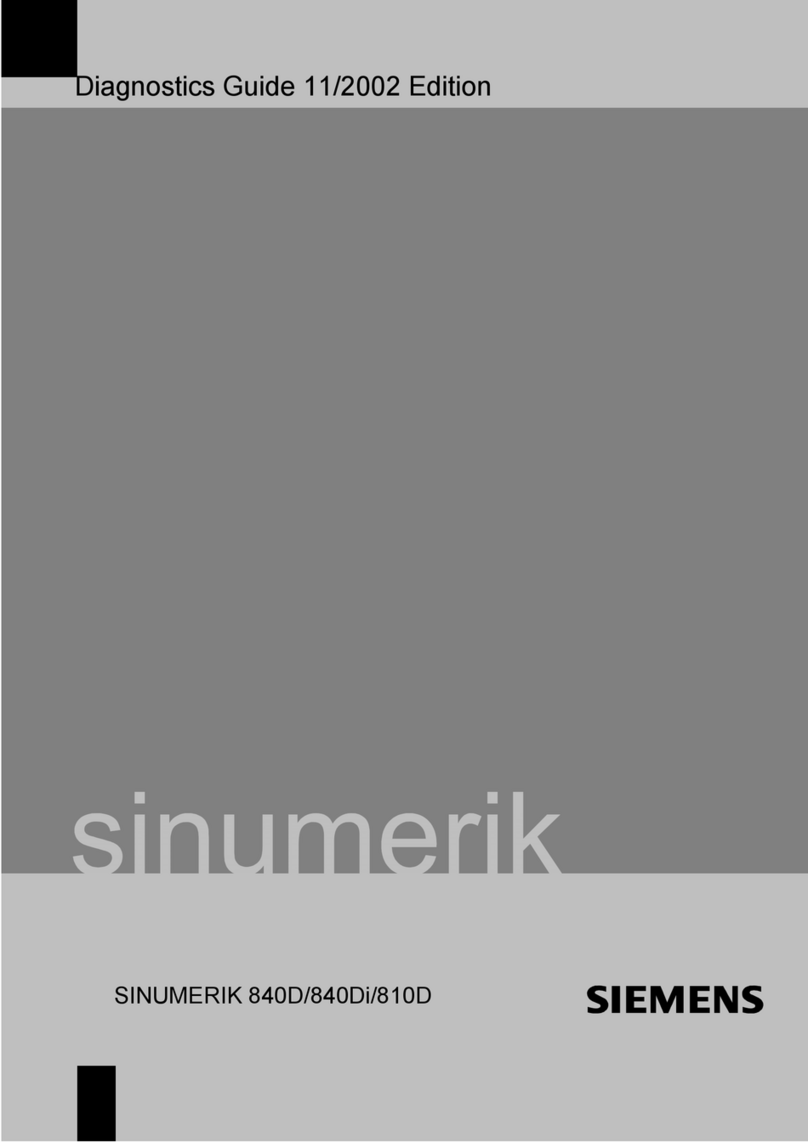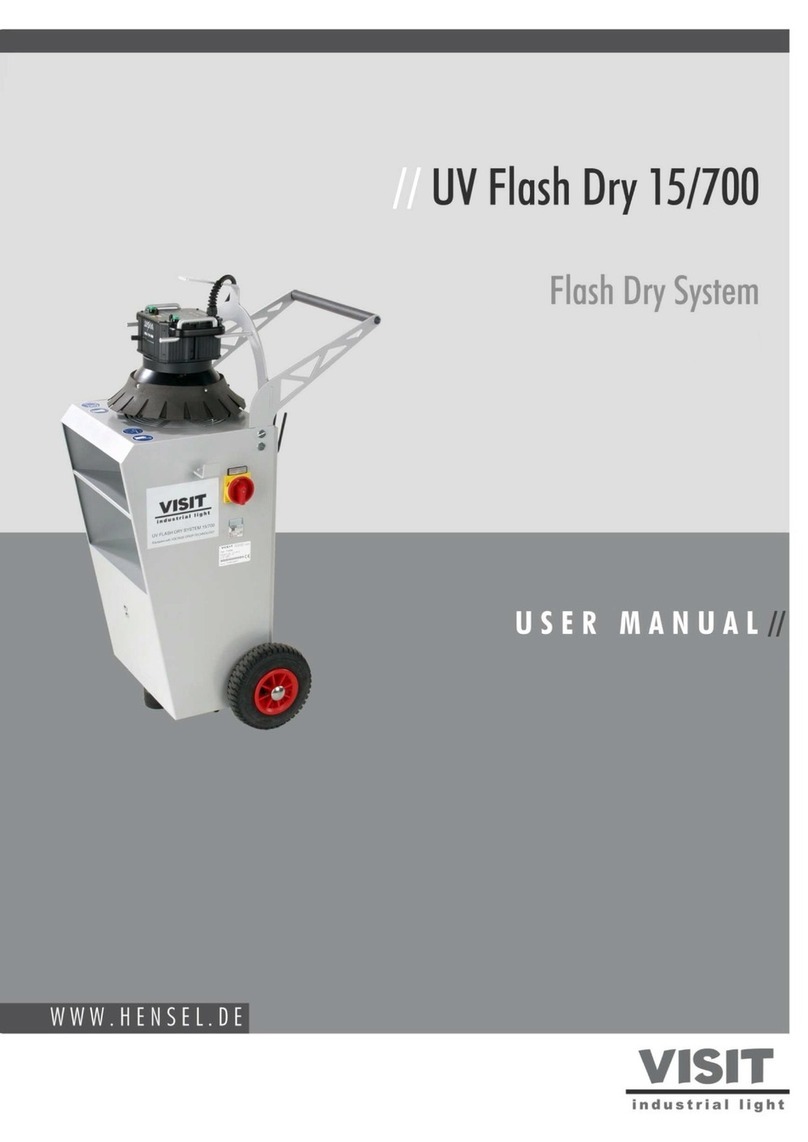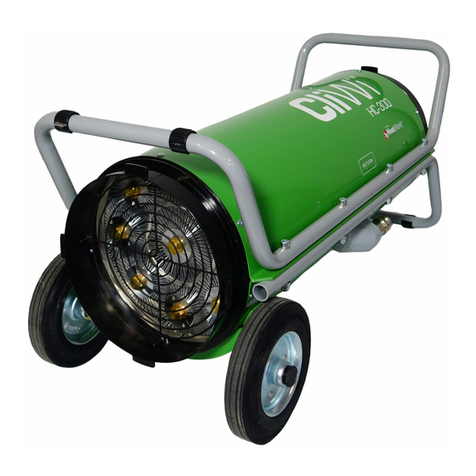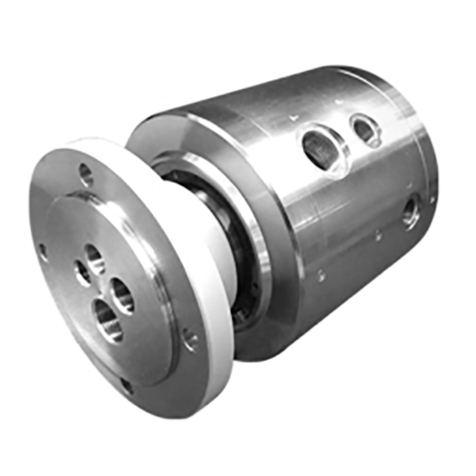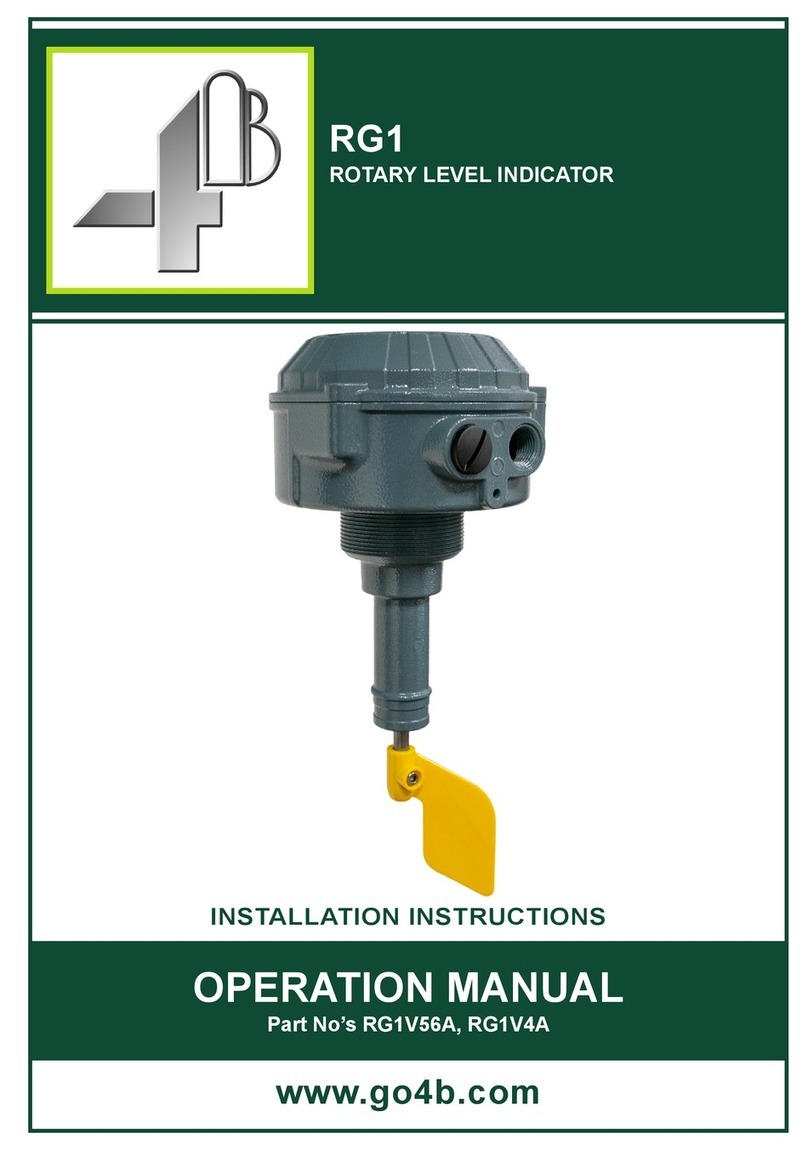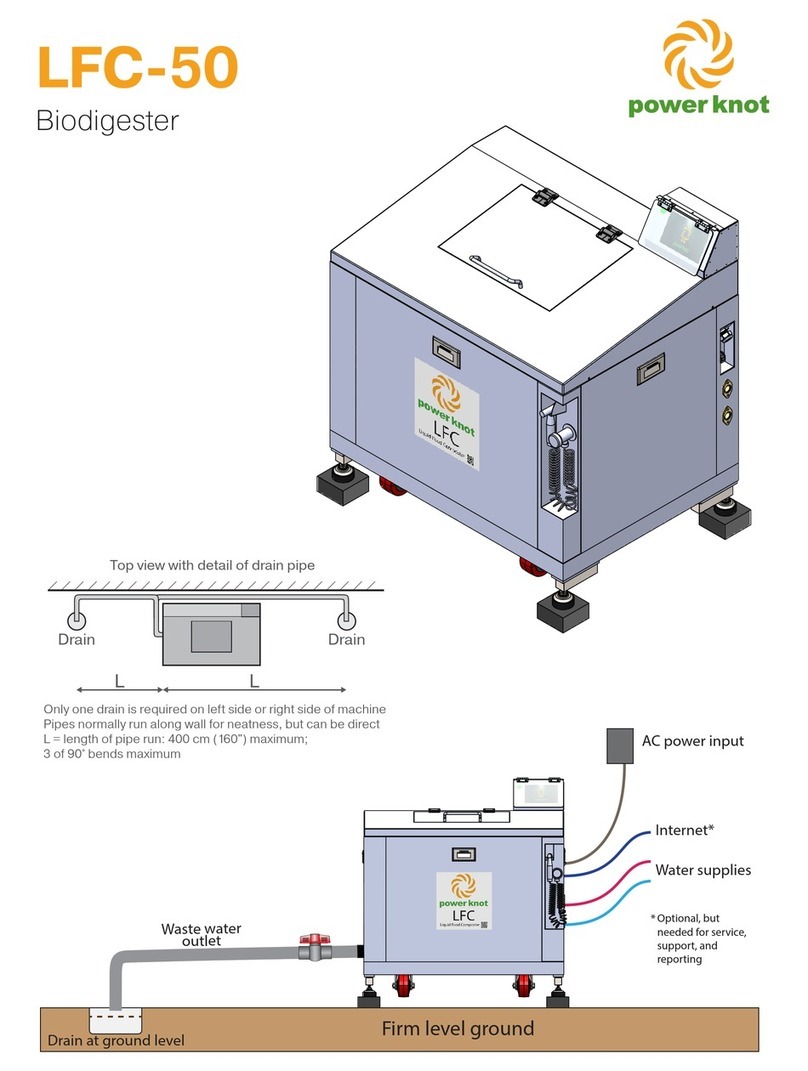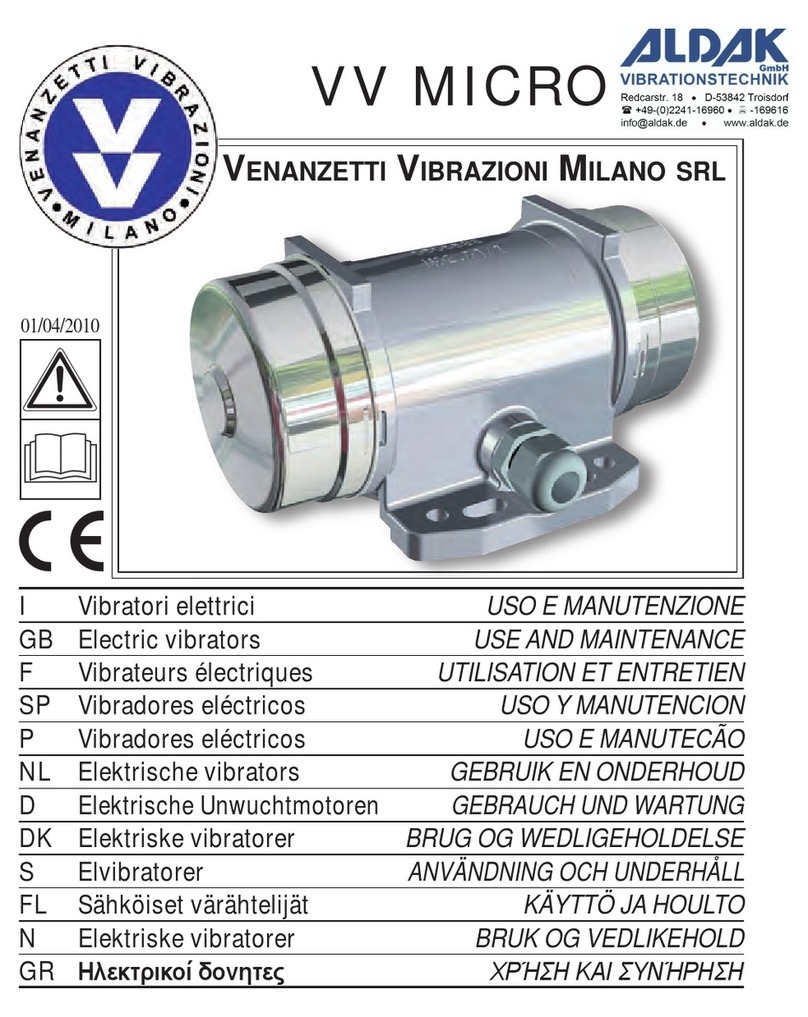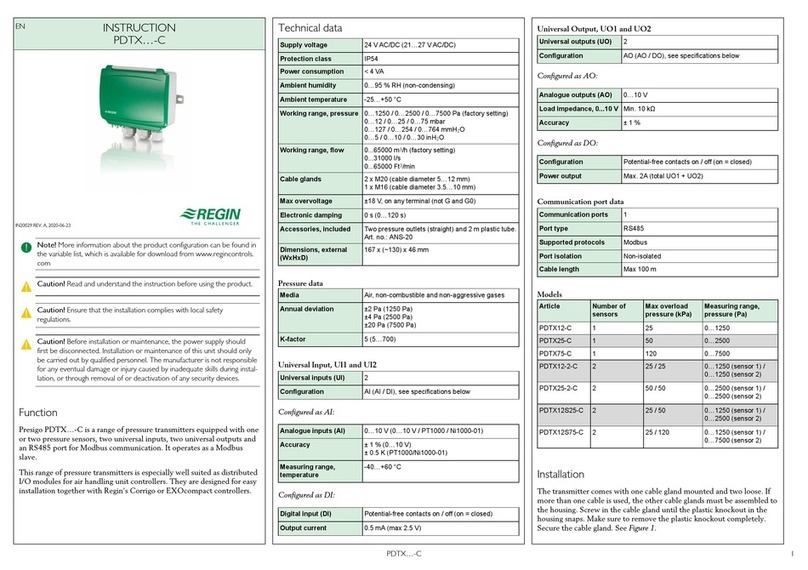
Hydraulic system
WARNING!
Danger of injury due to liquids under
pressure!
Sudden releases of pressure and a stream
of liquid escaping under pressure can
cause injuries.
– Only allow work on the hydraulic
system to be performed by a hydraulic
expert.
– Only begin work on systems with pres-
sure accumulator after complete
release of the hydraulic pressure and
checking of the de-pressurisation.
– Never hold body parts or objects in a
stream of liquid.
– Catch and dispose of escaping liquids
properly.
Hot surfaces
WARNING!
Risk of injury from warm or hot sur-
faces.
Hot media and the rotation of the device
can cause the surfaces of components to
heat up considerably during operation.
Skin contact with hot surfaces causes
serious skin burns.
– When performing any work in the
vicinity of hot surfaces you must
always wear heat-resistant occupa-
tional safety clothing and protective
gloves.
– Before any work make sure that all sur-
faces have cooled to ambient tempera-
ture.
– Never cover warm or hot surfaces. This
can cause overheating.
2.3 Responsibility of the owner
The owner is the person who uses the device for
commercial or economic purposes or authorises
use/operation by a third party and bears the legal
product responsibility for the protection of the user,
staff or third parties during operation.
The device is used in the commercial sector. The
owner of the device is therefore subject to the legal
occupational safety requirements.
The following in particular applies:
nThe owner must familiarise themselves with the
applicable occupational safety regulations and
also conduct a risk assessment to determine
additional risks that may arise due to the spe-
cific working conditions at the place of use of
the device. They must implement these in the
form of operating instructions for the operation
of the device.
nDuring the entire operating time of the device,
the owner must check whether the operating
instructions established by the owner are in line
with the respective current applicable rules and
standards, and must adjust them if necessary.
nThe owner must clearly organise and define
the responsibilities for installation, operation,
fault clearance, maintenance and cleaning.
nThe owner must make sure that all personnel
who come into contact with the device have
read and understood these instructions. In
addition, the owner must train staff at regular
intervals and inform the staff of the hazards.
nThe owner must provide staff with the required
safety clothing and equipment and instruct
them on the compulsory wearing of the
required safety equipment.
Furthermore, the owner is responsible for ensuring
that the device is always in technically perfect
working condition.
Rotopack • Operating instructions
8




















